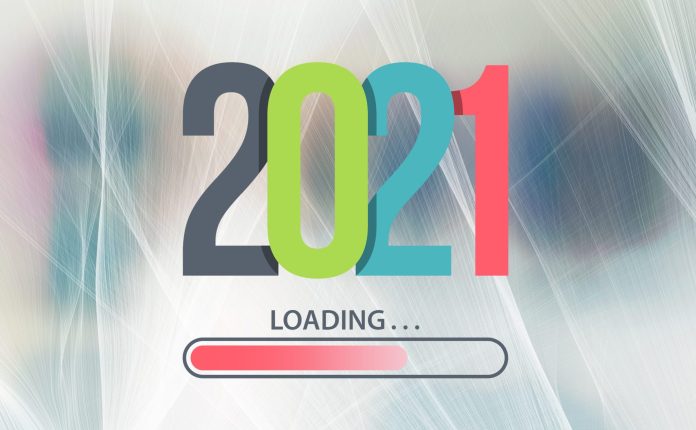2020 has seen the greatest acceleration of digital transformation and automation in history. As the world looks to emerge from Covid-19, the reality that this will not be the last pandemic remains – and this means every person, company, and government must be better prepared to manage unpredictable and rapidly shifting landscapes.
What does this mean for technology? It will continue to drive new IoT use cases, focused on the health and safety of the public, environmental sustainability, and business automation.

We expect to see key brands entering the IoT space more actively in 2021, offering full end-to-end solutions, and even building out their portfolios via acquisition. We anticipate strong growth in places like hospitals and long-term care facilities, as well as in highly populated businesses like restaurants, shopping, mass transportation, and services providers.
Companies in these industries must prove that their environments are safe. IoT solutions enabling digital transformation will provide this proof, and will achieve the required levels of safety and trust for individuals to re-engage with the world. This, in turn, will drive global economic growth.
Multiple radio access network (multi-RAN) infrastructure will become the norm for businesses supporting IoT requirements. Network architects have been planning for the use of multiple radios from the beginning. Taking the enterprise example, which must be able to accommodate many different use cases, it is critical to have a well-structured architecture that will enable efficient and cost-effective network deployments that support multiple radio technologies.
A solid network configuration will deliver business agility by serving known IoT needs today, while also being structured to address the as yet unknown needs of the future. Additionally, a multi-RAN strategy will enable enterprises to quickly realize efficiencies and cost savings, while the return on investment per technology improves as more use cases are supported, creating more business value.
The reality of IoT is that there are millions of use cases, and there simply is no single technology that can address every requirement, including those related to cost and network availability. For example, video transmission requires high bandwidth, which lends itself to the use of Wi-Fi or cellular.
Critical applications will benefit from 5G, while massive IoT and battery sensor use cases are best suited for low-power wide-area (LPWA) solutions, due to their range, link budget, low cost, and ability to penetrate through obstacles. The ability to use the right technology for the right application just makes sense. This is even more apparent when the technologies can complement each other to offer full coverage.
At the same time, it has also become clear that proprietary and single-source (LPWA) connectivity solutions are simply not commercially viable for IoT. Both public and private network deployments will be dominated by standardized technologies. Standardization is the only way to globally scale IoT, as it provides the required openness for innovation and interoperability for consistency.
We expect satellite-supported IoT use cases to expand in the coming year. This is due in large part to the fact that satellite vendors have achieved a low-cost paradigm shift and continue to implement massive technology advances that enable efficient data transmissions from sensors to satellites. We see 2021 as the tipping point in the cost/benefit equation that will drive adoption.
Satellite communications can support many applications that need to send data in very remote areas, but may not have local communication technologies readily available to reach the cloud, such as wildlife tracking, oil and gas rigs, and global shipping.
What else is coming next year to support massive IoT? Continued security updates and easy-to-use, cost-effective solutions are a must. With companies deploying millions of sensors to enable digital transformation, the process cannot be complex; and the ability to transfer data must be seamless and inexpensive. We expect to see a continued evolution of network technologies to address these requirements.
Finally, the LoRaWAN standard will continue to have a major role in IoT. It has the largest number of certified LPWA network sensors on the market, and there is now an all-in-one kit for simple deployments, new regional updates to increase network capacity in certain scenarios, and support for zero-touch device identification QR codes for automated onboarding.
Taking all these factors into consideration, 2021 will be the year that IoT validates its ability to solve the world’s challenges as digitization accelerates and massive IoT continues to drive forward.

